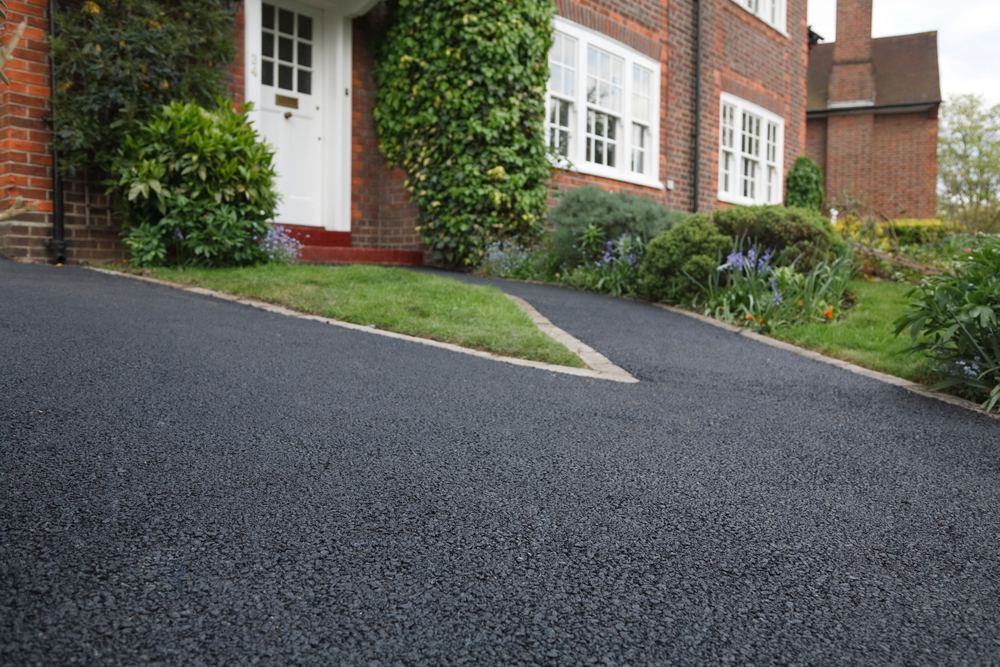Asphalt driveways have become increasingly popular among homeowners and property managers due to their durability, affordability, and ease of maintenance. As a versatile and long-lasting paving solution, asphalt offers numerous benefits that make it an ideal choice for both residential and commercial driveways. In this article, we will explore the advantages of asphalt driveways, the installation process, and essential maintenance tips to ensure your driveway remains in top condition for years to come.
The Benefits of Asphalt Driveways
Asphalt driveways offer several key benefits that set them apart from other paving options:
Durability: Asphalt is a robust and resilient material that can withstand harsh weather conditions, heavy traffic, and daily wear and tear. With proper installation and maintenance, an asphalt driveway can last up to 20 years or more.
Affordability: Compared to other paving materials, such as concrete or pavers, asphalt is often more cost-effective, both in terms of initial installation and long-term maintenance.
Quick Installation: Asphalt driveways can be installed relatively quickly, often within a day or two, depending on the size of the project. This quick installation process means less disruption to your daily routine and faster access to your new driveway.
Versatility: Asphalt can be customized with various colors, patterns, and textures, allowing you to create a unique and aesthetically pleasing driveway that complements your property.
Easy Maintenance: Asphalt driveways are relatively low-maintenance, requiring only periodic sealing and minor repairs to keep them in good condition.
The Asphalt Driveway Installation Process
The process of installing an asphalt driveway involves several essential steps:
Site Preparation: The first step in the installation process is preparing the site. This includes removing any existing pavement, vegetation, or debris, and grading the area to ensure proper drainage.
Subgrade Preparation: Next, the subgrade, or underlying soil, must be compacted and stabilized to provide a stable foundation for the asphalt. This may involve adding a layer of crushed stone or gravel to improve stability and drainage.
Asphalt Base Installation: A base layer of asphalt, known as the binder course, is applied to the prepared subgrade. This layer provides additional strength and stability for the finished driveway.
Asphalt Surface Installation: The final step in the installation process is applying the surface layer of asphalt, also known as the wearing course. This layer is composed of a finer aggregate mix, providing a smooth and attractive finish.
Compaction: Once the surface layer is in place, the asphalt must be compacted using a heavy roller to ensure a dense, even surface that can withstand traffic and weather.
Curing: After the asphalt has been compacted, it needs to cure for a minimum of 24 hours before it can be used. During this time, it’s essential to avoid driving or walking on the driveway to prevent damage.
Essential Maintenance Tips for Asphalt Driveways
To keep your asphalt driveway in top condition, consider the following maintenance tips:
Sealcoating: Applying a protective sealcoat every 2 to 3 years will help preserve the appearance and integrity of your driveway by protecting it from UV rays, water, and chemical damage.
Crack Repair: Address any cracks in your driveway as soon as possible to prevent water infiltration and further damage. Fill small cracks with a suitable crack filler, and consider professional repair for larger cracks.
Pothole Repair: Potholes can develop due to water infiltration or heavy traffic. Repair any potholes promptly with a cold patch asphalt mix to maintain a smooth and safe.

